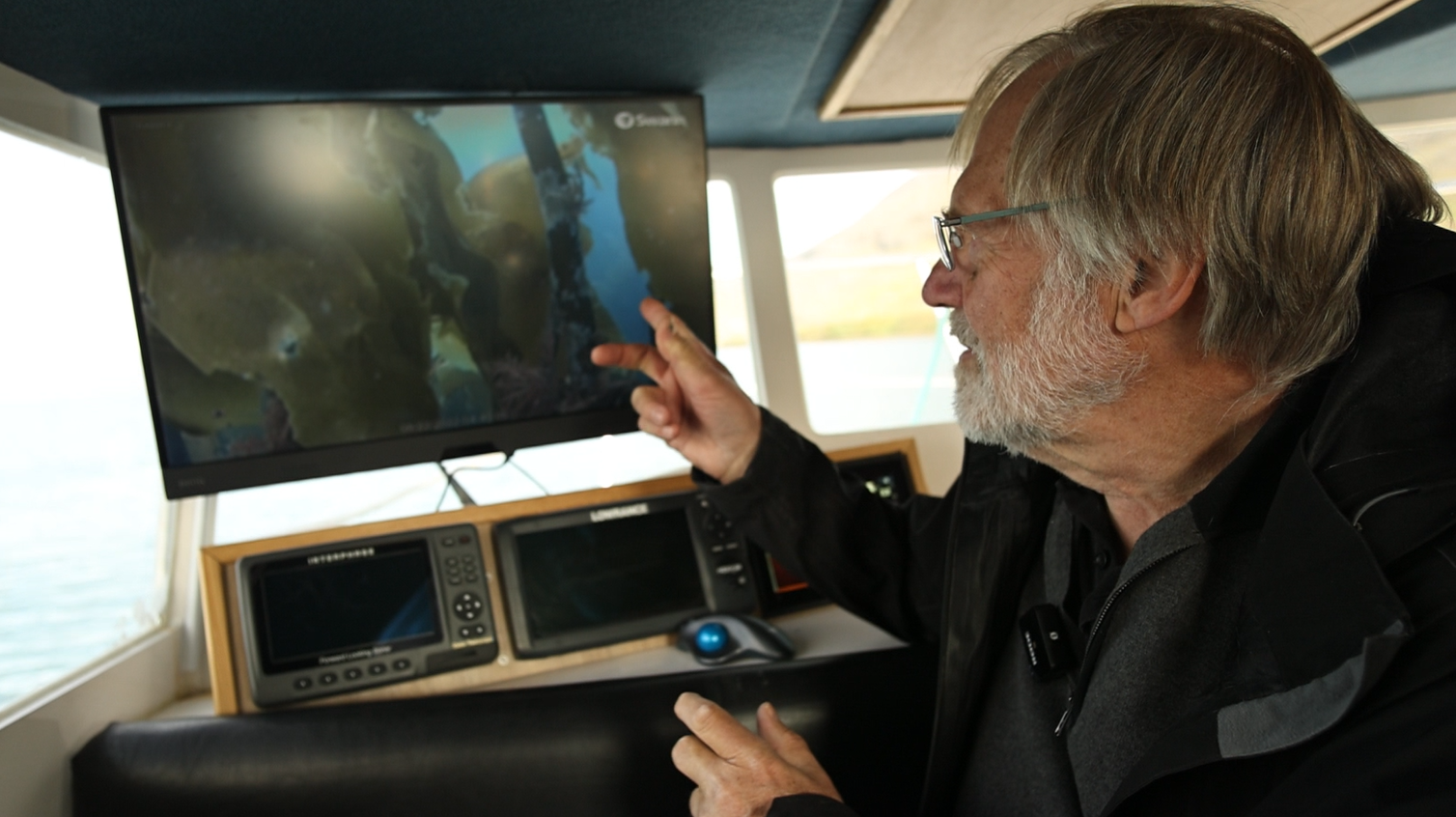The Environmental Impact of Harvesting

In Norway, harvesting kelp has been done sustainably for more than 40 years. The Directorate of Fisheries and the Institute of Marine Research in Norway monitor and regulate kelp harvesting under strict guidelines. In Iceland, we operate under a similar regulatory system and under the strict guidance and supervision of the Marine Institute. We will also take a less intensive, and therefore more sustainable, approach by using an improved harvesting technique.
Using a specially designed vessel, we bring kelp to the surface using a comb that is pulled behind the vessel through the kelp beds. The comb is specially designed to only harvest a small portion (up to 2%) of older plants between 5-10 years old. There is a wide gap between each pull of the comb so that the impact on any harvested area is minimised. We call this a ‘minimal intervention’ approach.
Just to give some perspective, in nature, kelp grows to 11 years old before it becomes too heavy and storms dislodge it from the rocky sea bottom and wash it up on the beach. In the kelp forest, the older plants form an upper canopy shading the young plants below. When an older plant is removed, the young plants below get access to more sunlight and grow rapidly, thereby maintaining the carbon absorption balance within the forest. Each year 10-20% of the older plants are removed by storms, so in relative terms, harvesting only 2% of older plants fits into this natural cycle.
Once the kelp is brought on board the vessel, the root or holdfast is cut off and returned to sea so that any organisms living within it can relocate. We do not return to a harvested area for at least 5 years.